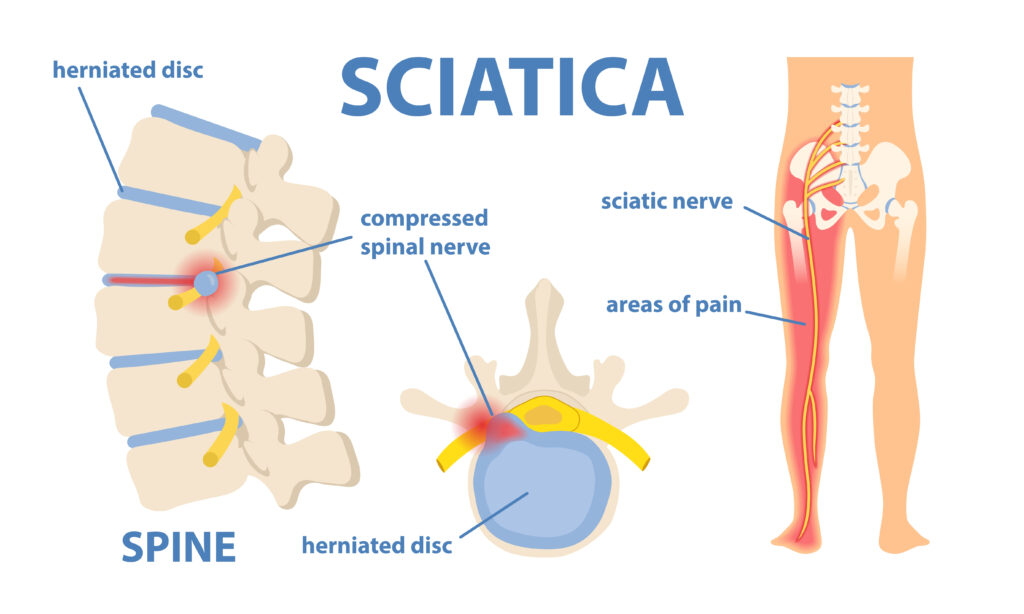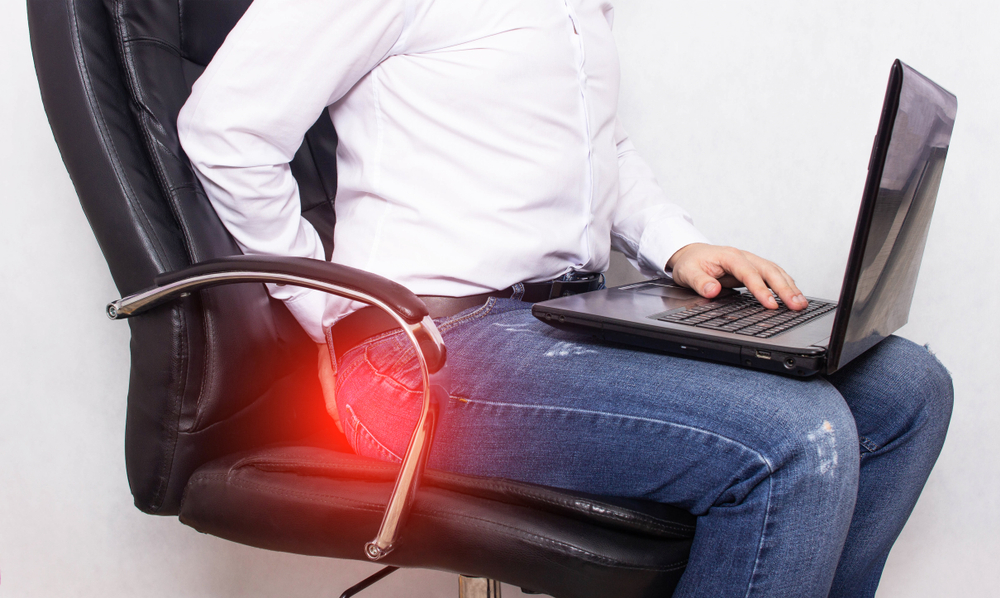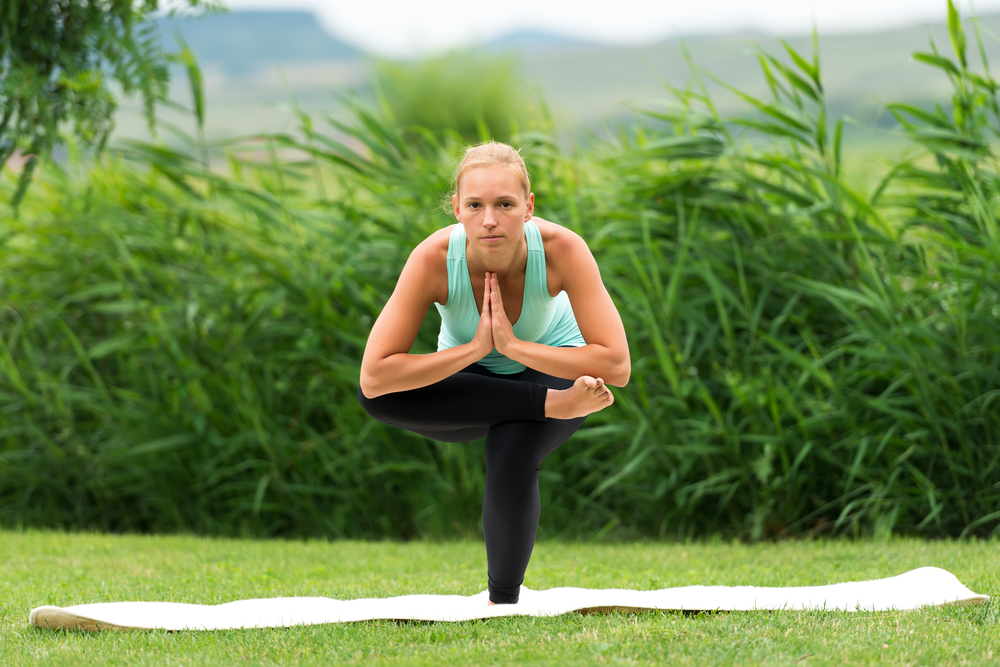Ever find yourself shifting constantly in your seat, unable to focus because your backside feels like it’s on fire? Whether it’s during a long meeting, a commute, or even just watching a movie, that deep, burning pain can ruin your day. That kind of discomfort is often linked to sciatic nerve pain, and in many cases, a little muscle called the piriformis is to blame.
But here’s the good news: simple stretches—yes, simple!—can do wonders for easing this pain. Let’s dive in and break down exactly how you can stretch your way to relief.

What Is the Sciatic Nerve and Why Does It Hurt?
Let’s start with the basics. The sciatic nerve is the longest nerve in your body. It begins in your lower back, snakes through your hips and buttocks, and stretches all the way down each leg. When it gets irritated or compressed—say, by a tight piriformis muscle—it screams back in the form of pain, tingling, numbness, or even burning.
Sciatic nerve pain can hit in one leg or both. It might feel like a dull ache at first, but it can quickly turn into a sharp, stabbing sensation that radiates from your lower back down to your hamstring. Some of the most common causes? A herniated disc, spinal stenosis, or—what we’re focusing on today—piriformis syndrome.
Video: Fix Piriformis Hip Pain And Sciatica – No More Buttock Pain!
The Piriformis Muscle: Small but Mighty (and Sometimes Angry)
Here’s the deal: the piriformis muscle sits deep in your glutes, right over the sciatic nerve. When it gets tight or spasms, it presses on the nerve—and you feel it. That’s what we call piriformis syndrome.
The symptoms? Classic sciatic nerve pain: burning, numbness, tingling down the leg, maybe even weakness. But instead of popping pills or just dealing with it, there’s something simple and natural you can do—stretch.
Why Stretching the Piriformis Can Change Everything

Stretching this muscle helps reduce the pressure on the sciatic nerve. Think of it like unknotting a tangled necklace—once it loosens, everything falls into place more easily. You’ll regain mobility, reduce inflammation, and start moving through your day with less pain.
The best part? These stretches don’t require fancy equipment or a gym membership. You can do most of them at your desk, on the floor, or right before bed.
Let’s walk through the most effective stretches you can add to your daily routine.
1. Seated Glute Stretch: Your Office Chair’s New Purpose

Sit upright in your chair. Place one ankle on the opposite knee, forming a figure 4. Gently press your elevated knee downward, or lean forward slightly from the hips. For a bonus effect, apply slight resistance by pushing your knee into your hand and then reversing the pressure.
You can literally do this while you’re on a Zoom call. No one has to know.
2. Sitting Spinal Twist: Simple but Powerful
Sit with both legs extended. Cross one leg over the other and plant the foot next to your knee. Twist your torso toward the bent knee, hugging it with your arm. It’s like wringing out a wet towel—except this one relieves pressure in your lower back and hips.
3. Figure 4 Stretch: The Go-To Reclining Move

Lie on your back. Cross your right ankle over your left thigh, forming the number “4.” Grab behind your left thigh and gently pull it toward your chest. Feel that deep stretch in your glutes and piriformis? That’s the sweet spot.
4. Knee to Opposite Shoulder: A Twist with Purpose

While lying on your back, pull one knee to your chest, then across the body toward the opposite shoulder. Hold it there. This move targets both the glute and piriformis muscles and helps create more space for that nerve to breathe.
5. Standing Hamstring Stretch: Keep It Straight and Simple

Place one heel on a low surface like a chair or bench. With a straight back, lean forward from your hips, leading with your chest. This stretch helps ease tight hamstrings that can worsen sciatic pain.
Remember, don’t round your back—imagine you’re trying to reach your toes with your heart, not your forehead.
6. Standing Piriformis Stretch: Balance and Burn

Stand upright. Place one ankle over the opposite knee and sink into a shallow squat, forming a figure 4 with your legs. You may need to hold on to something for balance, and that’s totally fine. This variation targets the same muscle but challenges your core and stability too.
7. Scissor Hamstring Stretch: A Bit of a Throwback

Step one foot slightly in front of the other in a “walking Egyptian” stance. Keep both knees straight. Bend forward from your hips, hands on your hips. It’s a dynamic way to stretch both hamstrings while easing pressure on the sciatic nerve.
8. Forward Pigeon Pose: Yoga’s Gift to Your Hips

Begin in a plank. Slide one knee forward between your hands, turning it outward. Lower your body toward the floor. You can stay upright or sink onto your elbows—or even all the way down, depending on your flexibility. This deep stretch targets the piriformis and surrounding hip structures like nothing else.
Breathe Through It, Don’t Power Through It
Here’s a golden rule: stretching should never hurt. Mild discomfort? Sure. But if you’re wincing or holding your breath, you’re going too far. Inhale deeply, then gently sink deeper on the exhale. That’s when your muscles are most ready to release.
Take it slow. Repeat each stretch 2–3 times and hold for 20–30 seconds. Quality beats quantity every time.
When to Seek Help
Video: Is It Hip Pain or Sciatica? which one is causing the pain , how do I know and how to treat it ?
If your pain lingers, worsens, or comes with other weird symptoms (like muscle weakness or numbness that doesn’t fade), it’s time to talk to a physical therapist or doctor. They can help you figure out what’s really going on and create a plan to fix it long-term.
Conclusion: Stretch Smarter, Move Freely
You don’t have to live with that burning, nagging pain in your lower back, hip, or leg. By understanding the link between the piriformis muscle and sciatic nerve, and committing to these simple stretches, you can finally get the relief your body’s been begging for.
These aren’t just exercises—they’re tools to reclaim your comfort, boost your mobility, and make everyday tasks pain-free again. Try them consistently, listen to your body, and don’t forget to breathe. You’ll be surprised at how much better life feels when your body isn’t constantly screaming at you.


